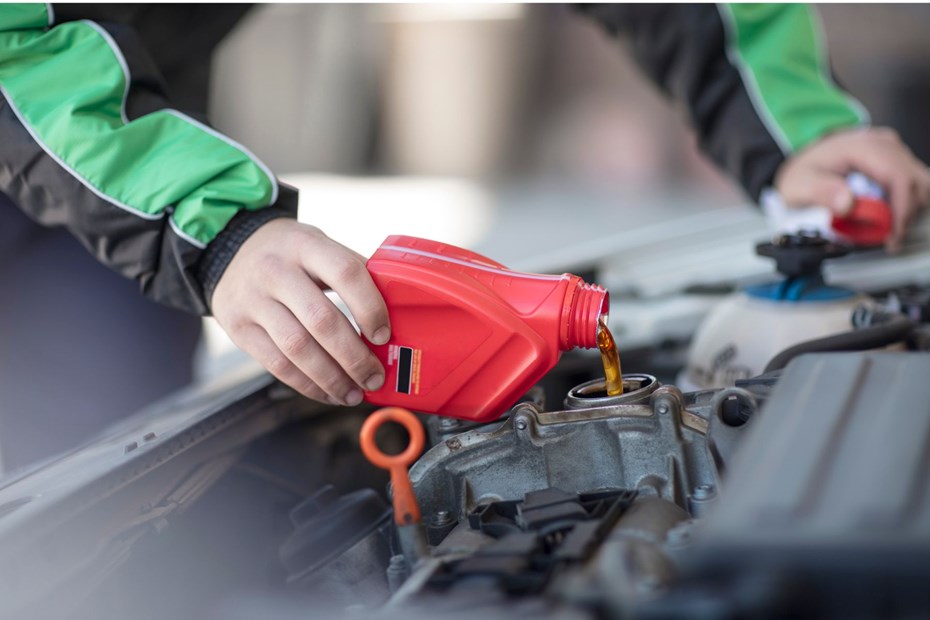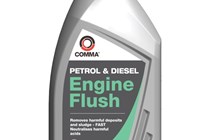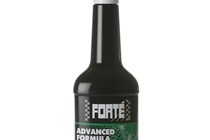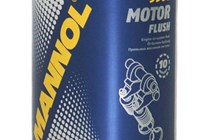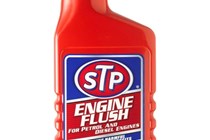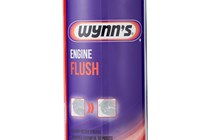One aspect of car servicing that has been the subject of debate is the use of an engine flush. Is it necessary? Is it a valuable part of a maintenance schedule or as a fuel additive? Or is it a possibly unhelpful process which could cause damage?
Unfortunately, there is no definitive answer, as it seems that all three opinions are perfectly valid, albeit with certain caveats. The best thing to do is take a look at the options.
It has to be said that the majority of manufacturers say that an engine flush is not really necessary in engines that receive regular oil changes at or before the recommended service schedule intervals. But you could look at it as a kind belt and braces option to ensure that all sludge, dirt and debris is removed and really doesn’t get the chance to build up, meaning that your engine remains sludge-free and performs at its best.
The best engine flush
Where an engine flush can really come into its own is in cases of vehicles that haven’t received regular servicing, where the service schedule is unknown, or where the build-up of contaminants is affecting the performance of the engine. By adding an engine flush, you can clear contaminants and debris and restore performance. But even here, there are those who might say there is the risk of larger bits of debris dislodging and damaging the engine – others argue that if the engine is performing poorly, you might have to resort to major mechanical repairs anyway. It’s very confusing, isn’t it? Nevertheless, let’s take a look at our choice of engine flushes.
The best engine flush 2025
Editor's choice
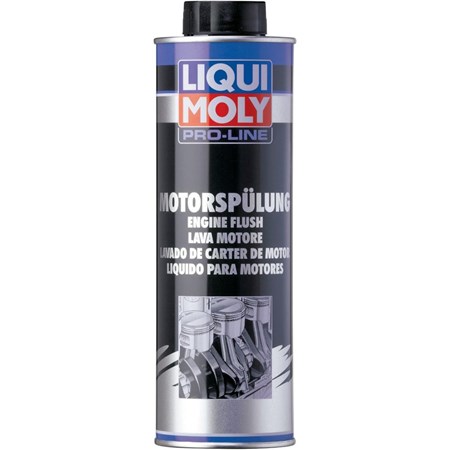

Pros
- Easy to use and very thorough cleaning
- Makes for very effortless oil drainage
- Contributes to a healthier, cleaner engine
Cons
- Instructions on the can could be clearer
Best trade flush
Pros
- Ideal for urban driving
- Ensures lubrication of new oil is effortless
- Trade products now available to the public
Cons
- Perhaps overkill on older engines
Best for value
Pros
- Good value for money
- Can help minimise minor leaks from weak seals
- Helps to prolong the engine's life
Cons
- Perhaps too powerful for older engines
Best for friction proofing
Pros
- Capable of flushing oils of many major components
- Compatible with all grades of oil
- Provides friction proofing during treatment
Cons
- None at the price point
Best for larger capacities
Pros
- Great to use for larger engines
- Mixes with all synthetic additives
- Good all-rounder for engine flush
Cons
- Can be difficult to pour
Best for flexible use
Pros
- Ideal if you want to thin up the oil slowly beforehand
- Can be left to work for up to a week
- Makes your mechanic's job a tad easier
Cons
- Be careful not to forget you've added it
Best for quality
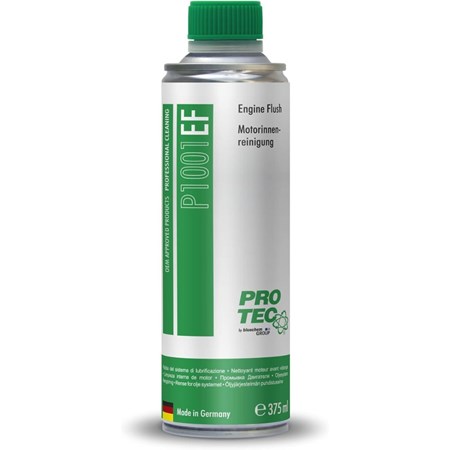

Pros
- Suitable for both petrol and diesel engines
- Works hard to clean up deposits from engine components
- Treats 6 litres/quite large quantities of oil
Cons
- Takes a little longer to be fully effective
How to use engine flush:
Engine flush is a lot more thorough than something simpler like diesel injector cleaners, where you insert the product into the fuel tank. Instead, they are involved with the drainage of the old oil.
So, you’ve got your container of product – what next? Here’s how the process generally works:
Additive Application: The additive is poured into the engine’s oil system before the old oil is drained. Then you start the engine and allow it to to run for a short period (usually around 10-15 minutes) with the additive in the oil. Afterwards, the engine flush, the old oil and contaminants are drained. Following this, a new oil filter is installed, and fresh oil is added.
Benefits: Proponents of engine flush claim that it helps to remove deposits and sludge, improves oil circulation, and can potentially extend the engine’s life. A bit like an extreme petrol engine cleaner. It’s worth noting that opinions on the effectiveness of engine flushes vary, and some automotive professionals advise against their use, especially if the engine has not been properly maintained.
Specific Conditions: In some cases, an engine flush may be recommended if specific conditions are present, such as a history of poor maintenance or neglect.
Type of Engine Flush: Different products may have varying formulations and effectiveness. It’s essential to choose a product that is compatible with your vehicle and follow the instructions carefully.
In the end, the decision to use an engine flush is up to you. It all depends on factors such as the vehicle’s age, maintenance history, and manufacturer recommendations, and hopefully, we’ve given you enough information to make an informed decision. If in doubt, seek advice from a professional mechanic or the vehicle manufacturer.
Engine flush FAQs
-
Does engine flush damage seals?
There's a lot of mixed information out there, but the general consensus is that engine flush is actually very kind to your engine. However, petroleum-based engine flushes can potentially be harmful, depending on the age and condition of the seals, whereas fully synthetic engine flushes are a lot kinder to vulnerable components.
-
What is the best additive to clean out an engine?
For cleaning out an engine while driving, you shouldn't use a flush. Engine flush is only supposed to be used before draining the oil and only that. For when you're cleaning out the engine while on the move, STP's 5-in-1 complete fuel system cleaner is our personal favourite as it helps clean away carbon deposits throughout the fuel system including the all-important injectors. You use that every 400-miles or so, and you can get both petrol and diesel versions of it.
For a more thorough on-the-move clean, Cataclean's engine cleaner (8-in-1) is also a fantastic shout. You have to be quite precise in how much fuel you put in with it, but that's a more heavy-duty engine cleaner if your engine really needs it. But firms like Redex, Wynn's, and Carlube also provide great options.
Alex Boyd is a Commercial Content Writer at Bauer Media writing for Parker’s and CAR, and loves travel, gardening, DIY and music.
Sign up for the Parkers Newsletter to keep up to date with more of the latest reviews, news, and recommendations from the Parkers team.
Just so you know, whilst we may receive a commission or other compensation from the links on this website, we never allow this to influence product selections – read why you should trust us
Just so you know, we may receive a commission or other compensation from the links on this website - read why you should trust us.


